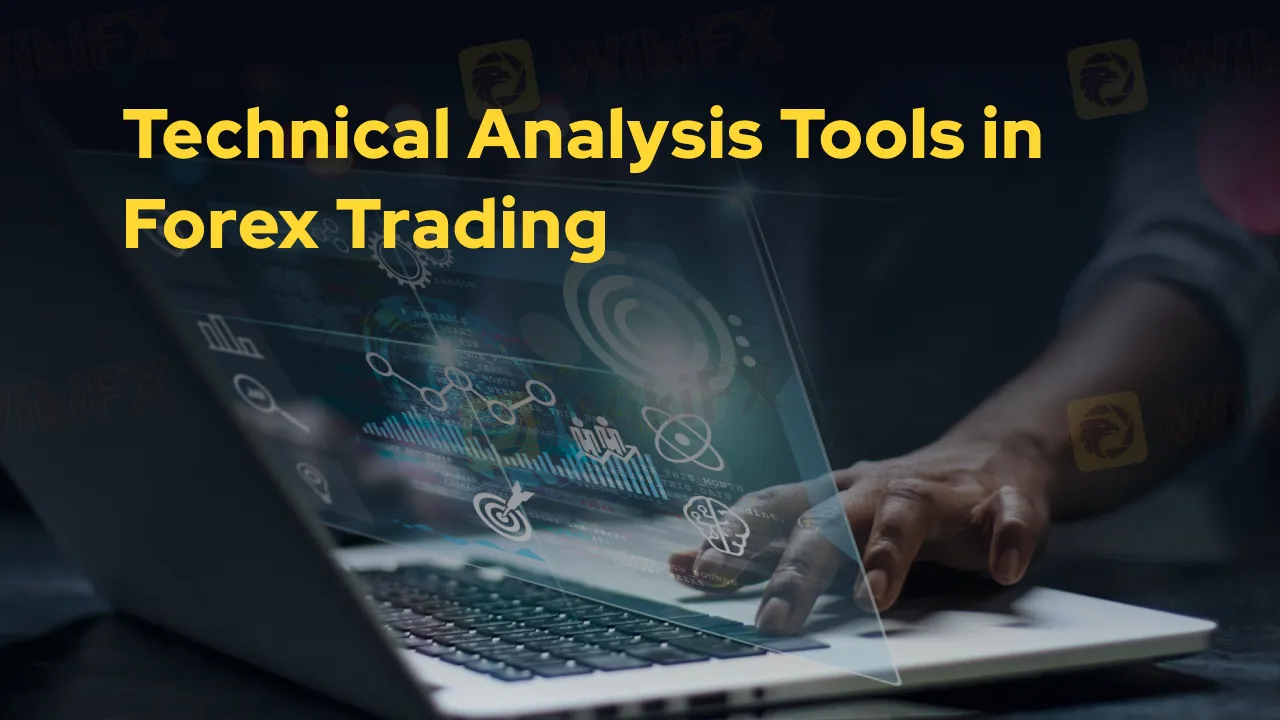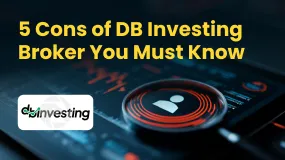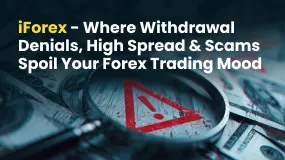简体中文
繁體中文
English
Pусский
日本語
ภาษาไทย
Tiếng Việt
Bahasa Indonesia
Español
हिन्दी
Filippiiniläinen
Français
Deutsch
Português
Türkçe
한국어
العربية
Technical Analysis Tools in Forex Trading
Abstract:Are you aware of the technical analysis tools that greatly determine the forex market’s direction? What do these tools do and why do avid traders eye these every day? If not, then start becoming aware of these tools that greatly dictate your forex earnings over time. Without any further ado, let’s start discussing these tools and their impacts.

Are you aware of the technical analysis tools that greatly determine the forex market‘s direction? What do these tools do and why do avid traders eye these every day? If not, then start becoming aware of these tools that greatly dictate your forex earnings over time. Without any further ado, let’s start discussing these tools and their impacts.
What are Technical Analysis Forex Trading Tools?
Technical analysis tools study currency price patterns, trends, and historical market data to estimate future price movements. As a trader, you gain insights into what‘s driving the market. If you understand the technical analysis, you can make the right call in a volatile forex market where price swings are a norm. Let’s check out the analysis tools one after another.
Candlestick Charts
These charts represent the price fluctuation that takes place in the foreign exchange market. Traders use these charts to identify patterns and understand the price direction over the near term.

Trend Indicators
These provide essential metrics that allow traders to pick trends. These include the Ichimoku Cloud and Moving Averages. Moving averages let you know the price fluctuations, whereas the Ichimoku Cloud displays support and resistance levels besides possible trend changes.

Oscillators
These demonstrate the currency pairs existing buying condition. It helps traders accurately estimate potential reversals. You can analyze popular oscillators - Relative Strength Index (RSI) and Stochastic Oscillator. With these, you can check the historical data comprising the latest price movements. These offer insights into market dynamics.

Support and Resistance Tools
These tools help spot price levels where buying and selling pressure becomes imminent. They let traders understand the market sentiment and estimate price movements in the future. Support level means the level where buying pressure is too strong to avoid further price decreases. Resistance means the price level where selling pressure rises enough to avoid further price hikes.

Conclusion
Technical analysis tools, like fundamental tools, guide traders to a successful trading journey. You can read these tools to strategize your forex trade. For more tips, stay connected with WikiFx.
Disclaimer:
The views in this article only represent the author's personal views, and do not constitute investment advice on this platform. This platform does not guarantee the accuracy, completeness and timeliness of the information in the article, and will not be liable for any loss caused by the use of or reliance on the information in the article.
Read more

5 Cons of DB Investing Broker You Must Know
It's always advisable to read online review articles about forex brokers you are thinking to Invest your money with. The forex market has become increasingly unsafe due to the rise of fraudulent brokers. Review articles help you spot scam brokers and protect your money. Read this important article about DB Investing to stay fraud alert.

iForex - Where Withdrawal Denials, High Spread & Scams Spoil Your Forex Trading Mood
Are high spreads charged by iForex disallowing you to make profits? Do you feel that you will never be able to withdraw from iForex? It's nothing new! Read this exposure story where we have highlighted complaints from several investors.

Forex Hedging Strategies - Calming You Amid Market Chaos
Finding it hard to deal with the forex market volatility? Do those ups and downs in currency pair prices make you more nervous or worried? You need the right forex hedging strategies. As a concept, forex hedging is about strategically opening additional positions to stay immune against adverse forex price movements. It’s about offsetting or balancing your current positions by buying or selling financial instruments. As a trader, your risk exposure is reduced, hence limiting your potential losses.

Scam Alert: Cloned Broker Scams on the Rise
Reputed authorities like the FCA have issued warnings against brokers who act genuine but are actually fake brokers. They copy details such as logos, names, branding, and sometimes even employee appearances to trick investors and steal money from them.
WikiFX Broker
Latest News
What Is Forex Currency Trading? Explained Simply
LSEG Announces £1 Billion Share Buyback Program
Ultima Markets enters the UK and gains the FCA license
SEC Lawsuit Targets Real Estate Fraud Scheme by Joseph Nantomah
A Beginner’s Guide to Trading Forex During News Releases
Forex Hedging Strategies - Calming You Amid Market Chaos
ASIC Regulated Forex Brokers: Why Licensing Still Matters in 2025
Key Events This Week: ISM, Trade Balance And More Earnings
Think Uncle Sam Owes $37 Trillion? It's Far Worse Than That
SkyLine Judge Community: Appreciation Dinner Successfully Held in Malaysia
Currency Calculator


